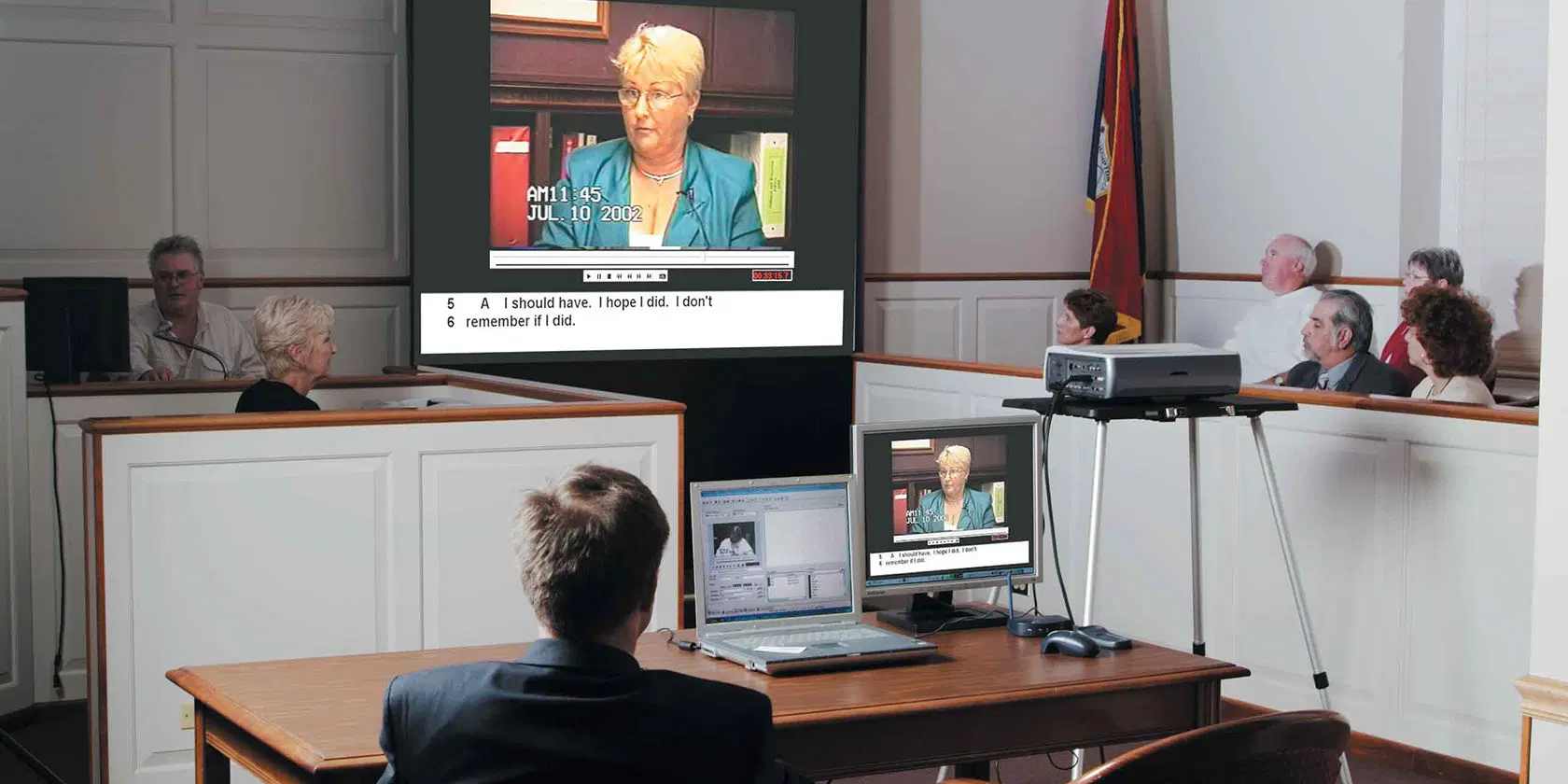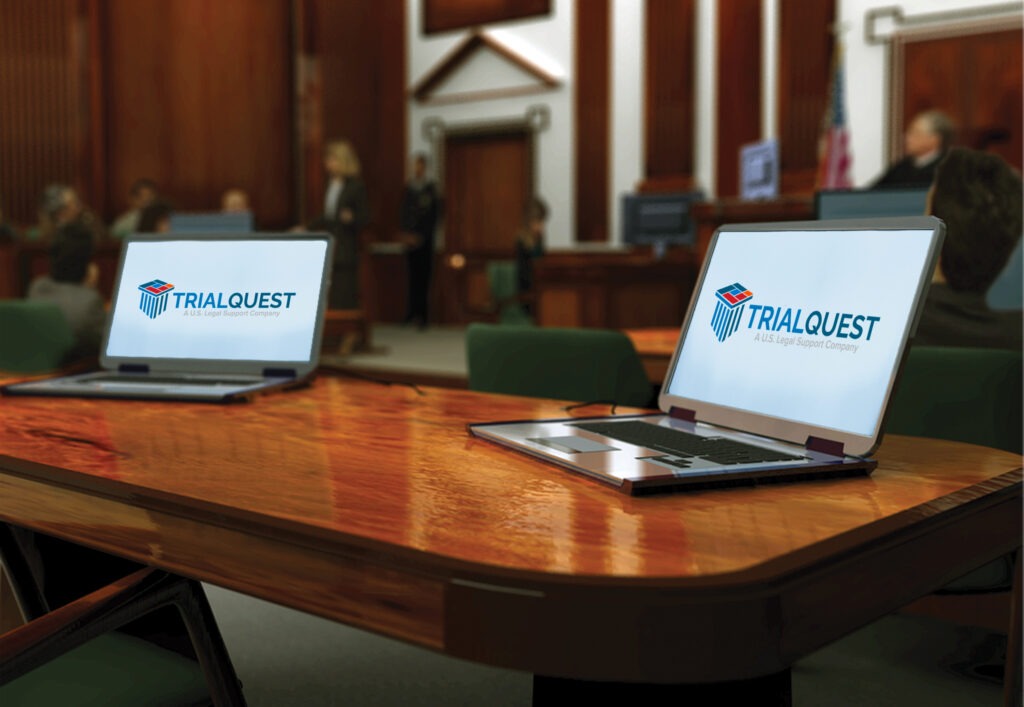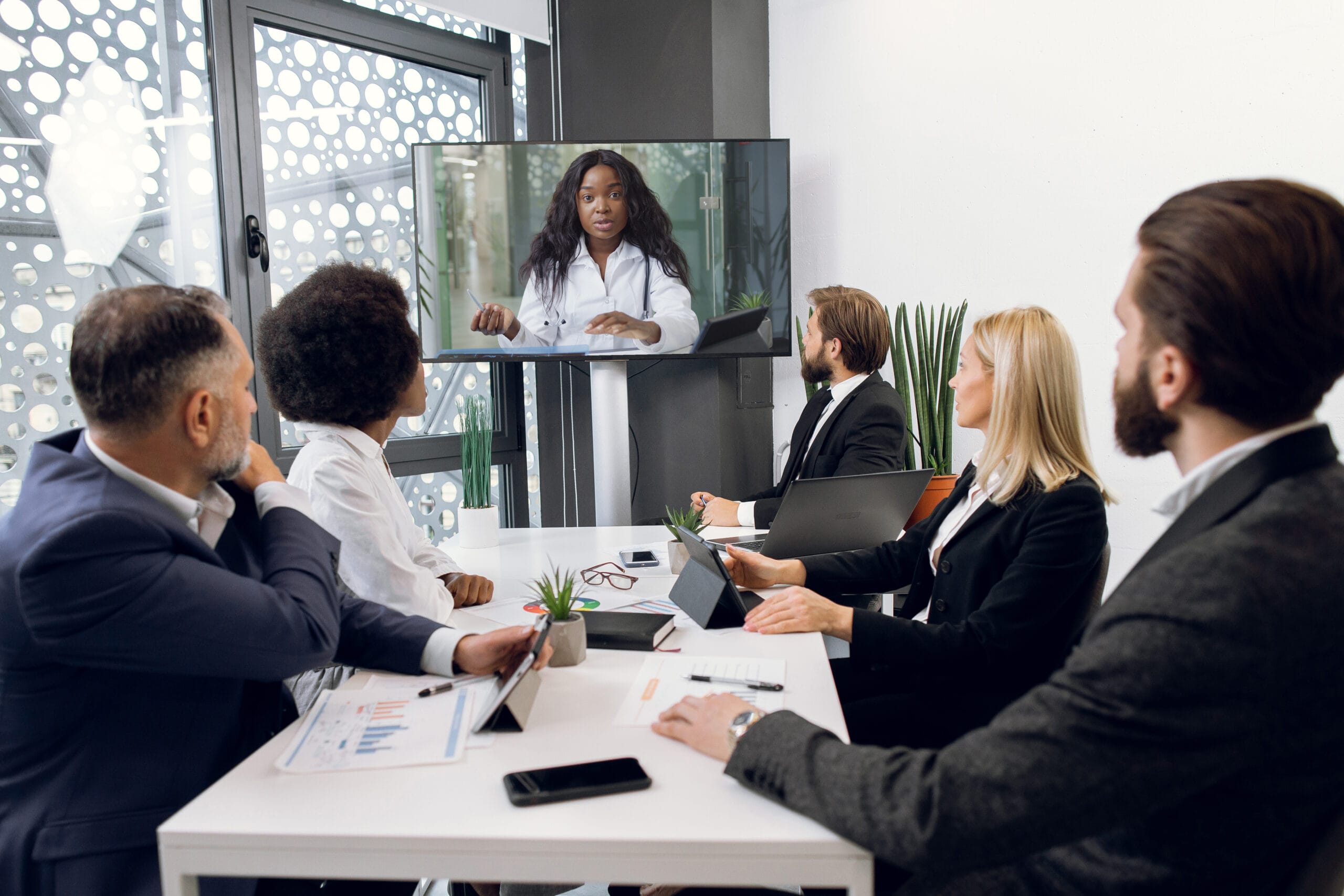Design engaging trial presentations that make complex information accessible.
Design engaging trial presentations that make complex information accessible.
Blog Article
How Test Presentations Enhance Your Argument and Convince Jurors
Test presentations work as a pivotal mechanism for enhancing legal disagreements and convincing jurors. By integrating aesthetic aids, narrative structures, and psychological interaction, lawyers can produce an engaging case that reverberates on numerous levels. The tactical usage of visuals not only clears up complex info yet additionally records jurors' interest better than words alone. The art of storytelling plays a just as vital function in changing valid proof into an engaging narrative, forming jurors' perceptions. Recognizing these aspects can significantly impact test outcomes, raising the question of how each component contributes to this detailed dynamic.

Significance of Visual Aids
Aesthetic aids play an important role in improving the effectiveness of test presentations, as they can dramatically increase audience involvement and retention of information. In the context of a test, where jurors are charged with handling facility info, aesthetic aids serve to streamline and clarify bottom lines. Charts, graphs, and photos can share information and principles that may or else overwhelm or perplex jurors, permitting a much more simple understanding of the proof offered.
Moreover, visual aids help in preserving juror interest throughout the procedures. By damaging the uniformity of verbal statement, these devices can stress vital arguments, making them much more memorable. Efficient aesthetic aids can also evoke psychological feedbacks, which can be pivotal in encouraging jurors to straighten with the presenter's story.

Crafting Engaging Narratives
An engaging narrative is necessary in trial discussions, as it works as the foundation of effective persuasion. It enables lawyers to weave with each other facts, evidence, and emotional components right into a coherent story that reverberates with jurors. This narrative structure makes it possible for jurors to recognize the complexities of the instance while guiding them with the lawyer's debate.
To craft a compelling narrative, attorneys ought to focus on clarity and comprehensibility. In addition, the usage of dazzling summaries can develop psychological pictures that help jurors visualize the events, making the narrative more memorable.
Furthermore, integrating key motifs throughout the discussion enhances the core message and aids in retention - trial presentations. The narrative ought to not only convey details but likewise evoke a feeling of justice, highlighting the stakes involved. Ultimately, a well-constructed story promotes a connection in between the jurors and the situation, positioning the attorney's debate as both legitimate and compelling, thus increasing the chance of a positive decision

Engaging the Court Mentally
Effective court involvement hinges on the lawyer's capability to connect with jurors on an emotional degree. This link can substantially influence jurors' perceptions and their utmost decision-making.
Aesthetic help, such as pictures or videos, can additionally boost emotional engagement, supplying jurors with vivid depictions of the instance's human elements. Crafting a narrative that highlights the battles and accomplishments of the people involved ensures that jurors see past the lawful debates and recognize the human consequences of their decisions.
An attorney's enthusiastic distribution can reverberate with jurors, enhancing their emotional investment in the instance. It's important to balance emotional appeals with valid proof, making certain that jurors really feel forced to act while continuing to be based in the reality.
Structuring Your Presentation

The body of the discussion ought to be logically fractional into essential points, each sustained by compelling evidence. It is valuable to utilize storytelling strategies to weave realities into a story that jurors can quickly adhere to. Aesthetic aids, such as charts and video clips, can boost understanding and interaction, helping to highlight important items of evidence.
Real-World Instance Research Studies
Analyzing real-world instance research studies offers indispensable insights right into the art of trial presentations and persuasion. As an example, the landmark instance of "O.J. Simpson v. The Individuals of California" highlights how aesthetic help and compelling narratives can persuade jury perceptions. The protection group efficiently employed a method that incorporated high-profile professional testaments with multimedia presentations, which mesmerized jurors and eventually affected their decision.
An additional notable example is the "McDonald's Coffee Case," where the plaintiff's attorneys used graphic pictures of the injuries endured by Stella Liebeck. trial presentations. This raw aesthetic proof played an essential function in communicating the intensity of her burns, causing a substantial court honor. Such situations show that impactful trial presentations commonly useful link pivot on the effective integration of visuals and storytelling to stimulate psychological reactions from jurors
Moreover, the "Casey Anthony Test" highlighted the importance of narrative coherence and trustworthiness. The prosecution's failure to establish a compelling timeline diminished their persuasive power, highlighting the requirement of a well-structured presentation. Evaluating these cases reveals that successful trial discussions call for calculated planning, emotional engagement, and the capacity to reverberate with jurors' worths and beliefs.
Conclusion
Trial discussions dramatically boost debates and encourage jurors with the tactical use of aesthetic help, engaging narratives, and psychological involvement. By streamlining complex details and promoting connections with the target market, these components develop a remarkable and impactful experience. A well-structured presentation balances sob stories with factual proof, inevitably reverberating with jurors' values. The integration of these strategies not only affects decision-making but additionally highlights the relevance of reliable interaction in the courtroom.
Report this page